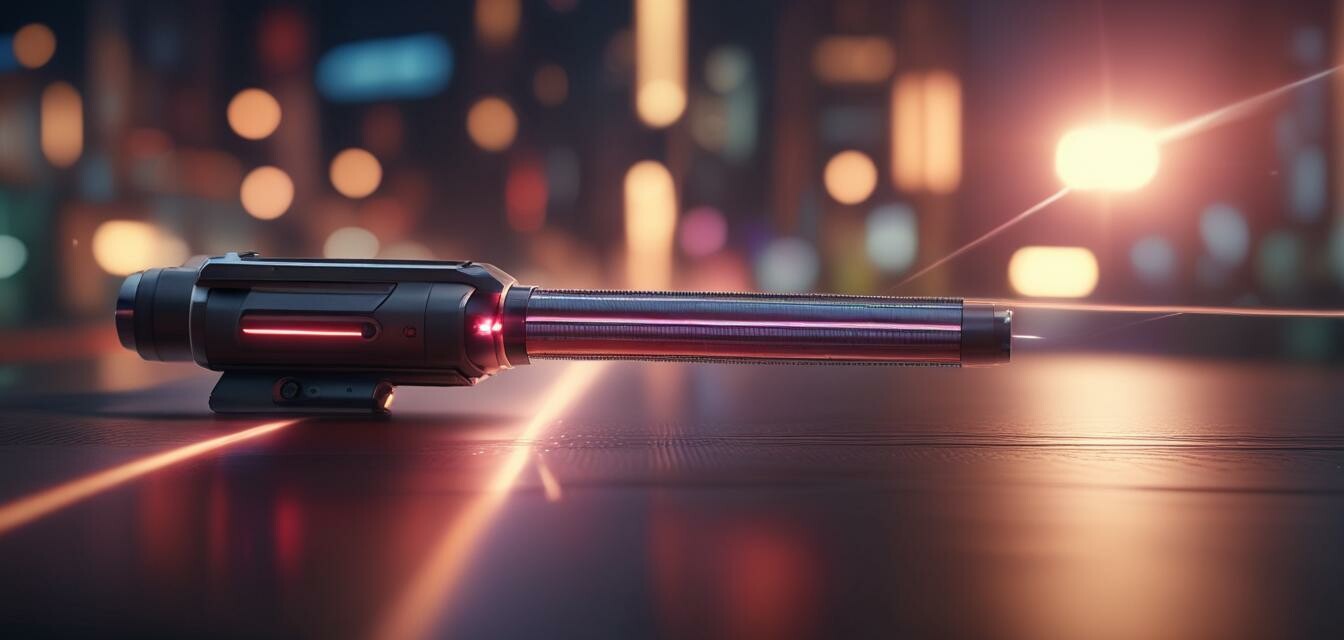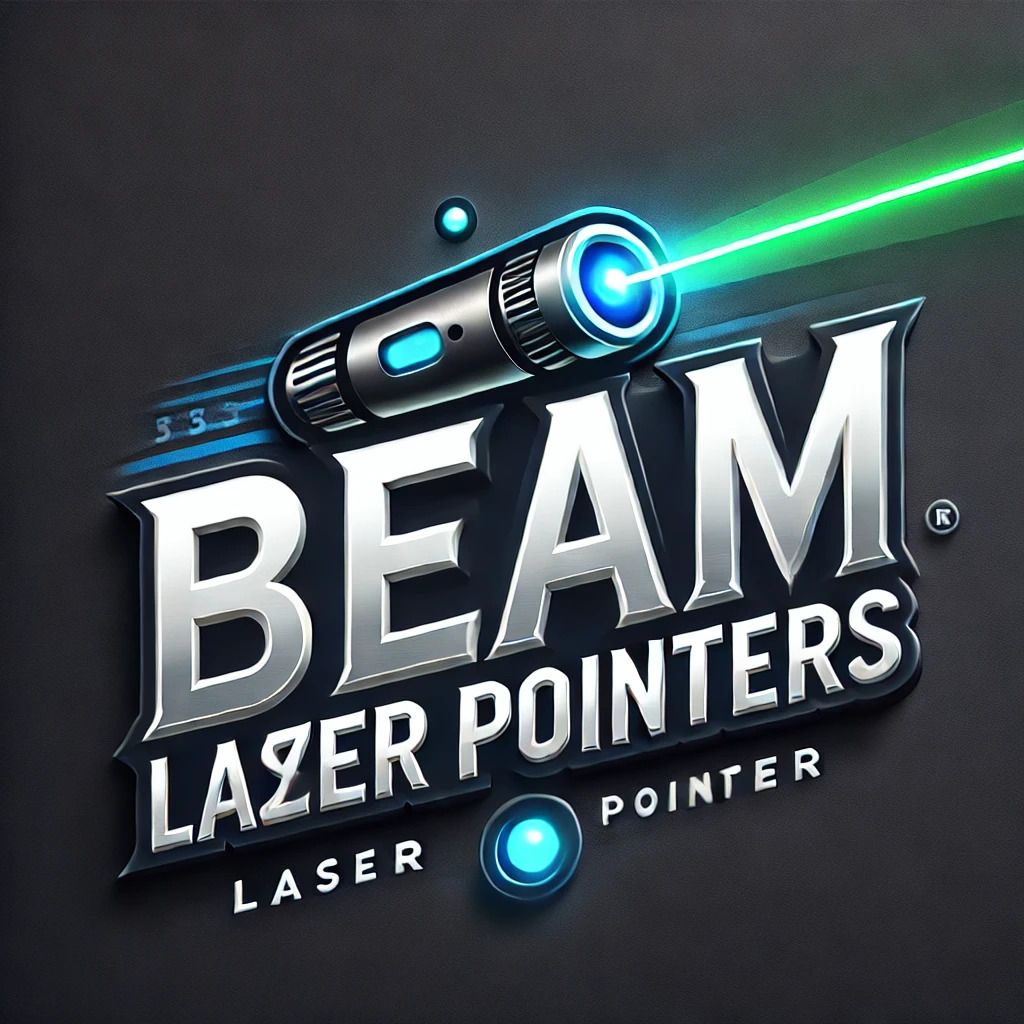
The Future of Laser Pointer Design: What to Expect in 2025
- Emerging materials such as eco-friendly composites are set to lead the industry.
- Ergonomic designs will prioritize comfort and usability for diverse users.
- Integration with smart technology will enhance functionality and personalization.
- Focus on safety features will become more prominent in all laser pointer designs.
- The market will continue to evolve with user demands shaping the future of laser pointers.
As we look forward to 2025, the design landscape for laser pointers is poised for significant transformation. This article will explore the key trends that are expected to shape the future of laser pointer design, including innovative materials, ergonomic adjustments, and the integration of modern technologies.
Emerging Materials in Laser Pointer Design
One of the most exciting developments in laser pointers is the incorporation of new materials that enhance both performance and environmental responsibility.
| Material | Benefits | Potential Challenges |
|---|---|---|
| Bio-based plastics | Eco-friendly, lightweight | Durability concerns |
| Aluminum alloys | Strong, durable, lightweight | Cost of production |
| Silicone grips | Comfortable, slip-resistant | Potential for wear and tear |
The trend towards sustainability is growing, and users can expect to see more laser pointers made from eco-friendly materials, maximizing usability while minimizing environmental impact.
Ergonomic Design Trends
Future laser pointers will place a heavy emphasis on ergonomics. As more people use laser pointers for extended periods, comfort becomes crucial.
Key Ergonomic Enhancements
- Customizable grips: Pointers that adapt to individual hand sizes.
- Weight distribution: Designs that balance weight to reduce strain during use.
- Adaptive controls: Buttons and dials placed for ease of access based on user feedback.
This attention to ergonomics will significantly enhance user comfort in various settings, from classrooms and boardrooms to outdoor events and presentations.
Integration with Smart Technology
As technology continues to advance, the integration of smart features in laser pointers is inevitable. This encompasses various functionalities that go beyond traditional use.
| Feature | Description | User Benefits |
|---|---|---|
| Bluetooth Connectivity | Allows connection with smartphones and tablets | Seamless control during presentations |
| Rechargeable Batteries | Data on battery life and charging status | Prevents unexpected outages |
| App Integration | Compatibility with apps for enhanced functionality | Increased versatility and control options |
Smart technologies will add a layer of personalization, allowing users to control functions remotely and customize settings based on their preferences.
Focus on Safety Features
As laser pointers become more advanced, the safety of users and those around them remains a priority. Design trends in 2025 will focus on features that enhance safety during use.
- Automatic shut-off: Prevents overheating and prolongs battery life.
- Adjustable beam intensity: Users can customize the brightness to minimize eye strain or harm.
- Child-proof designs: Locking mechanisms to prevent unauthorized use by children.
Manufacturers will respond to growing concerns about safety by incorporating features that ensure responsible use without sacrificing functionality.
Market Trends Influencing Future Designs
The evolving preferences of consumers will play a critical role in shaping the future market for laser pointers. As various sectors, from education to industry, continue to expand their use of laser pointers, manufacturers will adapt to meet these demands.
Key Trends to Watch
- Increased adoption in education: More educators using laser pointers for teaching aids.
- Professional presentations: Enhanced features for corporate environments.
- Outdoor enthusiasts: Demand for durable and weather-resistant designs.
Understanding these trends will help consumers make informed decisions and guide manufacturers in developing products that will resonate with end-users.
Tips for Choosing the Right Laser Pointer
- Consider the purpose of use—presentation, outdoor activities, or pet toys.
- Look for ergonomic designs suited for your hand size and usage habits.
- Research features like battery life and beam intensity options.
- Check for safety certifications to ensure responsible use.
- Stay updated with the latest trends in technology integration.
Pros
- Innovative materials enhance both functionality and sustainability.
- Improved ergonomic designs offer increased comfort and usability.
- Integration of smart technologies provides personalized user experiences.
- New safety features minimize risks associated with laser pointer use.
Cons
- Advanced features might increase the cost of laser pointers.
- Some users may prefer traditional designs without modern complexities.
- Potential learning curve associated with smart integration.
The design future of laser pointers is indeed an exciting frontier. By 2025, we can expect to see innovations that enhance usability, safety, and functionality. Staying informed about these trends will help both consumers and enthusiasts make the best choices in an evolving market.
For additional insights and updates on laser pointer trends, check out our News and Trends section and be part of our growing community.



